A new group show in Mumbai talks to budding art collectors. For those looking to commit to collecting, Mumbai’s biggest names chart out a course
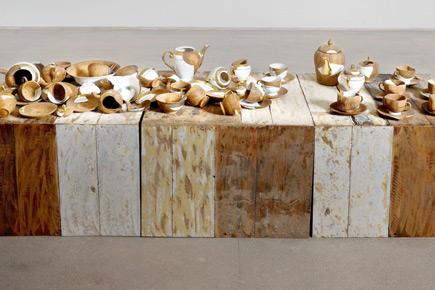
Unitled by Sudarshan Shetty.
The one couple, art consultant Farah Siddiqui wants young collectors to look up, is Herbert and Dorothy Vogel. The New York couple worked as state employees (Herb served in the US Postal Service and Dorothy worked as a librarian), lived a life of utter frugality, but managed to collect more than 4,000 works of contemporary art since the 1960s. They celebrated their engagement with a ceramic piece by Pablo Picasso. They gifted themselves Crushed Car Parts by sculptor John Chamberlain on their wedding. They honeymooned at the National Gallery, Washington DC. Dorothy’s income ran their one-bedroom apartment; Herb’s salary was kept for art. They visited galleries every Saturday, until Herb’s health took its toll on him.
ADVERTISEMENT
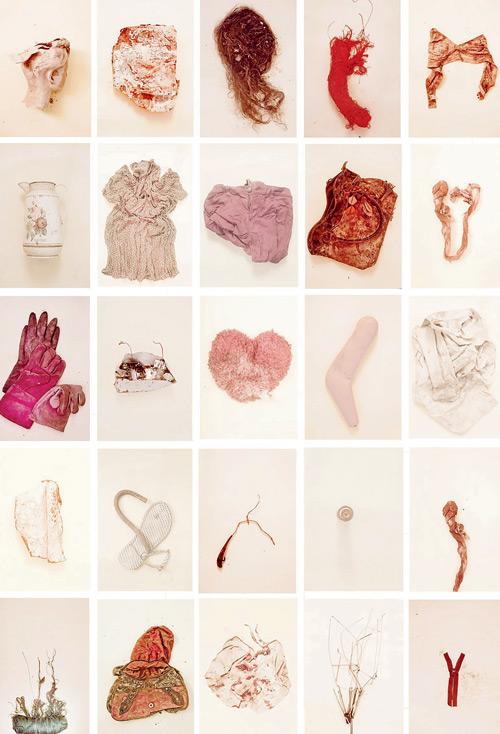
Lost and Found series by Atish Saha
"You don’t need a lot of money to build an interesting collection," is Siddiqui's suggestion to budding art collectors. We are thinking about Lakeeren Gallery, which opened an exhibition this past week, titled Face Off: Irony and Humour in a Critical Age. Featuring four contemporary artists, Pushpamala N, Justin Ponmany, Prajakta Potnis and Chitra Ganesh, the exhibition puts subversion at its tongue-in-cheek best. "Take Justin’s irreverent swastika made on graph paper, or Pushpamala’s 30 feminist photographs," says gallerist Dr Arshiya Lokhandwala of Lakeeren.
The show, Lokhandwala hopes, will tempt young collectors to pick up works that all would appreciate not just monetarily, but which are critical and a part of Indian art history. "These are established artists who have shown in museums and are important collections worldwide. It’s incredible to be able to have a Pushpamala for as little as Rs 5,000!" she says. If you have been tinkering with the idea of kick-starting a collection, the time is now. "After 2008, the second wave [for art investment] has set in India more strongly, from both national and international collectors," says Hugo Weihe, CEO of auction house Saffronart.
HENA KAPADIA RECOMMENDS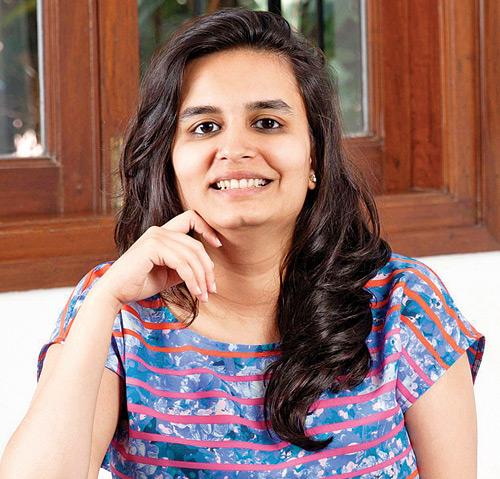
Photographs by Atish Saha and Clare Arni, and photographic works by Pratap Morey. Saha’s works are priced between Rs 1-Rs 1.5 lakhs while Arni’s works can be bought for Rs 60,000
Can you live with it?
Collecting and investing are not necessarily synonyms. Gallerist Mortimer Chatterjee, of Chatterjee & Lal, says, "In India, we are still in the shadow of the 2005-08 period when artworks passed hands multiple times in the same evening. Sadly, we are left with a situation where art is inextricably linked to commerce."

You can collect for passion, or collect for investment. Which is why star auctioneer Weihe asks the young to start off by buying what they love. Think about it this way: In your new apartment, would you put up something that you gain pleasure from or something that’s just trendy? "It is easy to get tripped up by the thought that a work’s price will double in the next few years. But you have to ask yourself — can you live with it?" he says. Art collector Anurag Khanna, who was awarded the title of Forbes’ young ollector in 2014, feels the same.
His first purchases were two paintings by Sunil Padwal and Manisha Parikh from two galleries in Mumbai. As a newlywed, he put up the paintings in his apartment, and they became conversation starters and elicited observations from the many friends and relatives that dropped by. "It made me more interested in looking at other young Indian and Pakistani artists," he says.
Architect Ashiesh Shah, a prominent collector, says that there is really no need to hurry with picking up an artwork as if it were the last day of a sale. "Go see a work in a gallery a few times and ask yourself if you can wake up to it every morning. It’s not a staple; it’s a luxury buy," he says.
Remember: your taste will evolve
Shah, now 35, has been steadily building his collection since he was a collegian, before the boom of the last decade. He is best understood when he compares collecting art to tasting blood. Looking back, he says his tastes have evolved. With works of senior artists like Anjolie Ela Menon in his collection, he now veers towards contemporary artists like Jitish Kallat and younger names like Ayesha Sultana and Sakshi Gupta.

It is natural to slip up when building a substantial collection. "Art collecting is like comparing new and aged wine. It comes with time and age. I have a made a few mistakes of judgment when I depended on market trends," he says.
Chatterjee tells us of tricky territory — misjudging aesthetic value. How do you know for sure that a new work is going to be considered historically significant? Simply put, have you put your faith in the right artist? "It is a misnomer that every purchase will live on even after 20 years. You have to wait for the dust to settle; it is only much later that these things become clear," he says.
Once you have weathered these storms, you could feel adventurous, like Shah, who now indulges in folk art like Gond and video works.
FARAH SIDDIQUI RECOMMENDS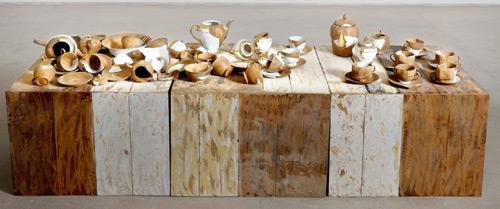
Neha Choksi, Sahej Rahal, Hemali Bhuta, Shreyas Karle, Rohini Devasher and Seher Shah. Also, smaller works by artists such as Rana Begum and Sudarshan Shetty
Study your interests
Before you gear up to swipe your card for art, Chatterjee wants us first to "unlearn" what we know about art. If you think art has to be always pleasant and pretty, then think again.
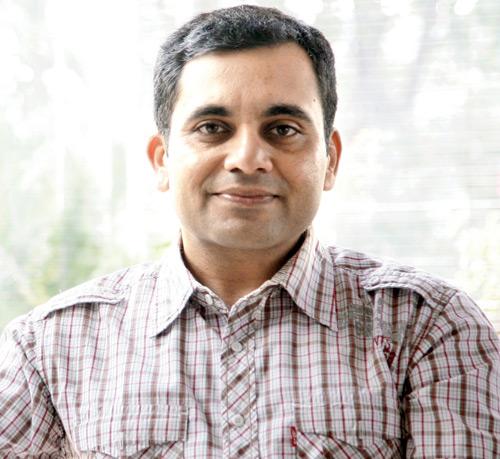
First order of business: stroll rigorously around biennales, exhibitions and art fairs, ascertaining what you are naturally drawn towards. Siddiqui says that luckily the number of avenues for engaging with art have increased these days. Kochi Biennale, Art Dubai, Art Hong Kong and India Art Fair are accessible for young collectors in India. Besides, there are plenty of local events like Mumbai Gallery Weekend and charity art auctions by non-profits.
"I increase my knowledge base by visiting galleries, talking to people and, most importantly, reading extensively. Reading and religiously reading is a great learning tool even today. The day I don’t read on art I am full of guilt and irritation after doing this for almost 15 years now," says Khanna.
There are also non-traditional sources, like Art21’s YouTube channel, a non-profit that provides knowledge on contemporary art. Care to turn that on during lunch break?
Whatever your source — a channel, a gallerist or an artist — the method to sharpen your taste is to continually test it.
We ask Chatterjee if there are consultants who will advise you specifically on art investments. "Thank God, no! Such a profile is doomed to failure," he shudders. "Commerce has to be combined with aesthetics, when it comes to collecting art."
Lastly, Weihe asks people to trust your gut and seek fewer opinions. "Everyone has the instinct to collect, like we do with stamps. Next, you have got to commit, eventually, and buy a work and not keep looking."
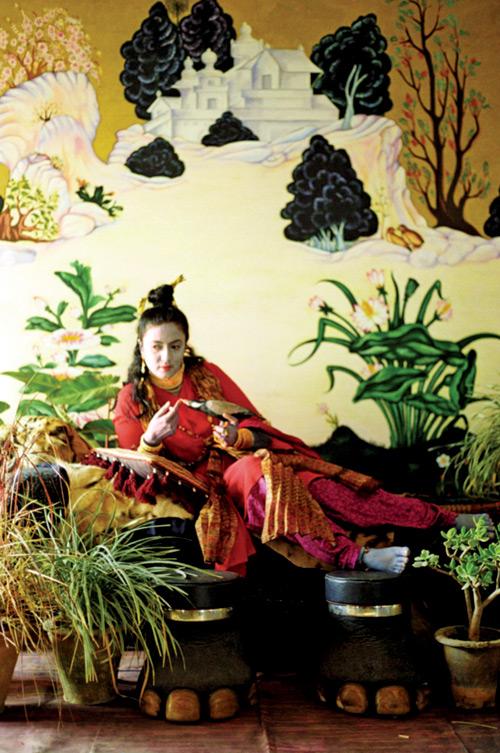
ARSHIYA LOKHANDWALA RECOMMENDS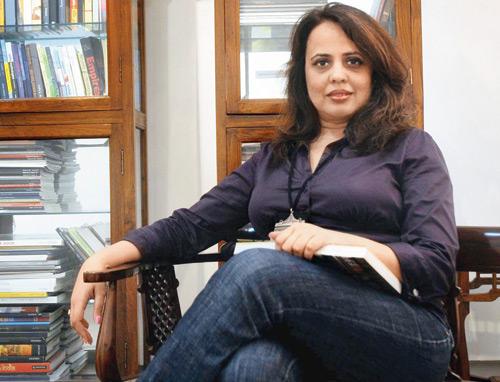
Chitra Ganesh’s work is feminist through which she explores freedom. Also Pushpamala’s Pop Yogini from the Popular Series
Talking monies
At an important auction held last year in Mumbai, it was astonishing to hear several graduates from the London School of Economics say how they would love a Jogen Chowdhury in their collection.
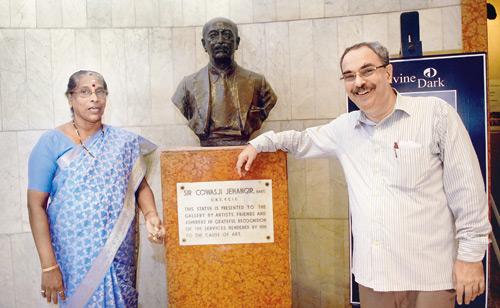
Adi Jehangir
Things are brightening up here. A March 2016 survey by art-market analysis firm, ArtTactic, states that while the US, European and Chinese art markets declined in auction sales last year, the overall Indian Modern and Contemporary art market saw a 36 per cent rise in 2015.
So, what do you go for? Take it from Jehangir — paintings and canvases do better than prints; abstract works do better than plain portraits. It is sound advice, he says, coming from a man who is gaga over still-life and landscape. "I hate to use words like ‘price’ and ‘value’ when it comes to art. But, if you must invest, invest in aesthetics that won’t depreciate. Canvases are the best investment in this regard," he says.
Depending on your interests, Siddiqui says the young can start by purchasing an original work between Rs 50,000 - Rs 3 lakh.Shah stoops lower. "You can start with as low as Rs 20,000 - Rs 50,000 for younger artists. Experimenta and Project 88 are great galleries to check out."
It’s okay to start small
One golden rule that all evoke is that quality rules over quantity. "If you are a serious art collector, then it is important to buy quality," says Adi Jehangir, chairperson of Jehangir Art Gallery.
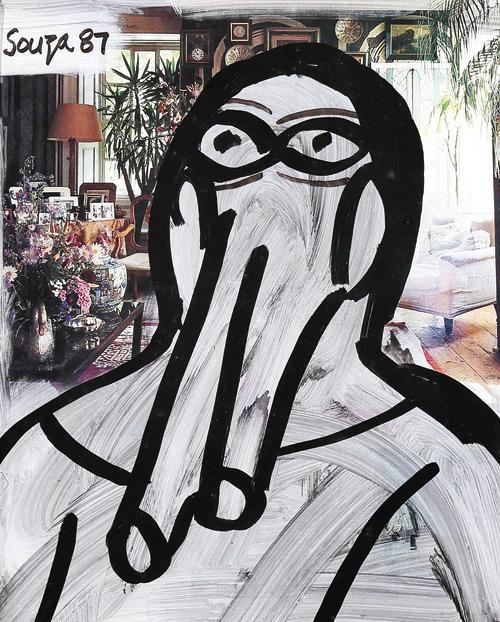
Untitled drawing (1987) by FN Souza, sold for R93,456 in April 2016
One good work is better than 10 small, irrelevant ones.
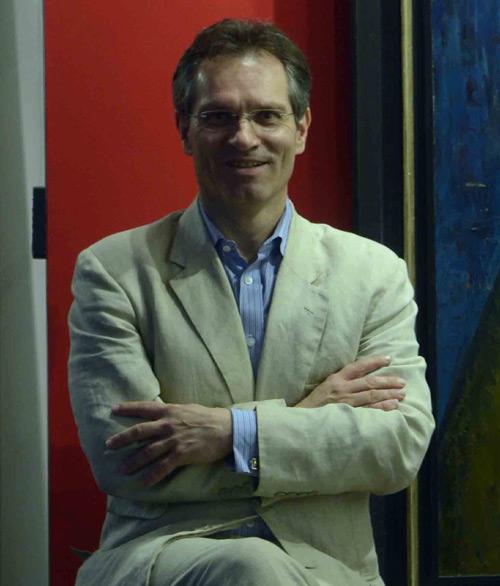
Hugo Weihe
And there’s plenty to choose from. Weihe suggests drawings by masters such as FN Souza, which are sold anywhere between R1-R2 lakh. "There is great connoisseurship in works on paper, drawings and photographs for young collectors. While a younger artist may come at a lower price point, seasoned artists are a safe bet. Drawings, in fact, are an immediate expression and you can look under the skin of an artist," he says. Smaller works by established artists such as Atul Dodiya could pique the curiosity of young collectors, says Shah. Regularly building collections for his clients’ homes, he recalls a couple in their mid-30s who had purchased a small diptych from Atul Dodiya’s Gandhi series, shown at the NGMA, New Delhi, in 2014.
Know your turf
What’s the best time of the year to pick up art? Some say that summer, when galleries take it slow, could be a great time to browse through affordable pieces, by both established and young artists.
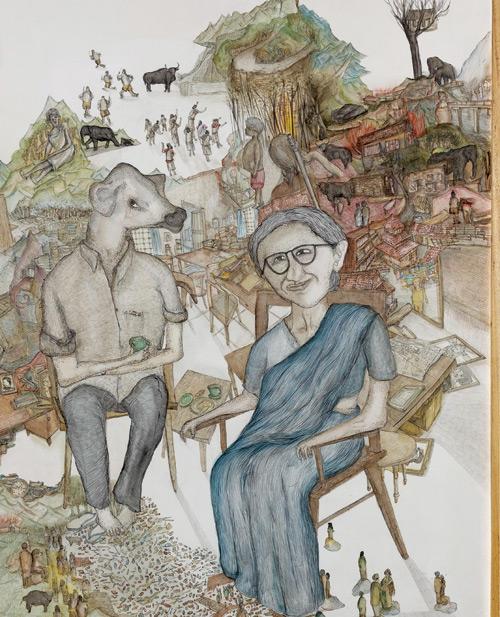
Nityan Unnikrishnan’s The Pulpally Incident (2015)
But, Khanna takes a different view, "I would not necessarily say summer shows are better. In fact, it’s lean time for the art world, so most galleries show their inventory. The best shows are kept when the season starts again post-autumn in India or before they close the season for summer."
Nevertheless, for young collectors, scanning summer shows may serve in two ways — stumbling upon an exciting piece (you ought to prod serendipity now and then) and continually engaging with art.
Mumbai’s humid weather can play havoc on that prized canvas, unless you are willing to shape your home around it. Chatterjee speaks of the balance between "what you can live with and the climate". He may sound semi-serious, but he speaks a grave truth. You have to be ready to spend on making sure your house is art-ready.
"Young collectors in India are still conservative but it’s not their fault. For example designers and architects need to be ready to make homes that are conducive for video works," he says. It is easier, he says, to ready a home for a video-work, that is already equipped with the necessary technology, than to hang a painting on a wall.
MORTIMER CHATTERJEE RECOMMENDS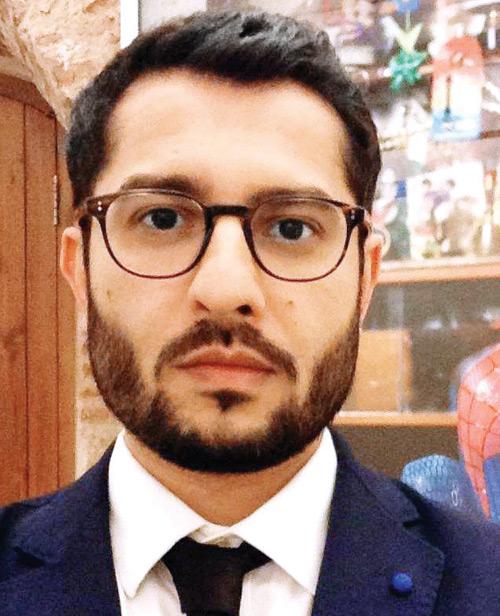
Works by Gagan Singh and Nityan Unnikrishnan, which are rooted in drawing.âu00c2u0080u00c2u0088Small and medium drawings by them start at
Rs 40,000
 Subscribe today by clicking the link and stay updated with the latest news!" Click here!
Subscribe today by clicking the link and stay updated with the latest news!" Click here!








